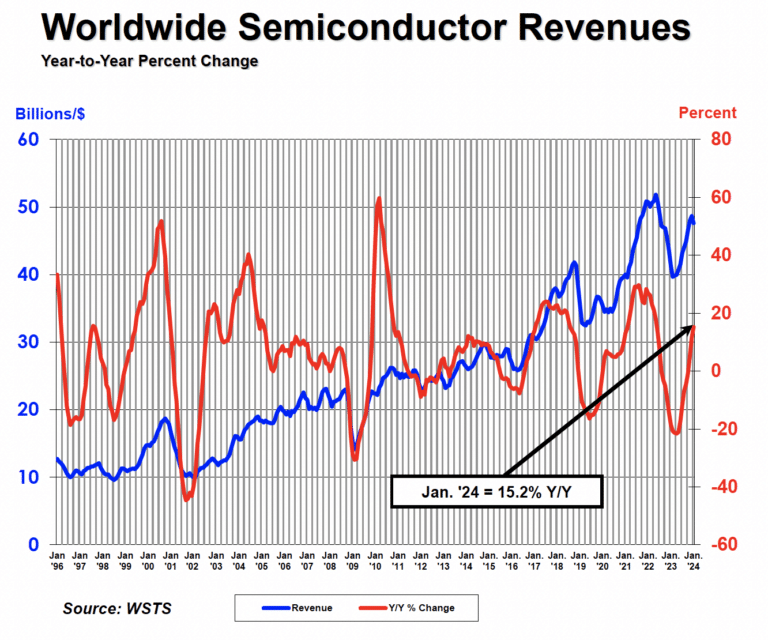The Special Investment Facilitation Council (SIFC) is eyeing a big entry into the global semiconductor and chip design industry, a move that could potentially reshape Pakistan’s economic landscape.
But such an endeavor in the current economic and mentally unstable state of Pakistan feels more unrealistic than doable. India recently injected $15 billion to develop a local semiconductor ecosystem but despite its massive financial inventory, it will take at least 5 years to achieve this goal. With dollar reserves at just $8 billion and debt levels of over $131 billion, how can Pakistan do it in one year?
Please note that Taiwan is the largest producer of semiconductors in the world, followed by South Korea, China, and the United States.
The issue with Pakistan is it lacks precision engineering and skilled manpower primarily because most of this pool moves abroad or switches to freelancing for higher earnings. Strategic planning and investment and big help from rich allies may help carve out a niche for Pakistan in the global semiconductor market, but a small one for now.
SIFC: Dream vs Reality
The SIFC is seeking multibillion-dollar investments for semiconductor and chip design centers by leveraging tax incentives and foreign partnerships, particularly with China and the US. Initial steps involve setting up testing and research facilities before venturing into full-scale semiconductor manufacturing.
This is a great idea, but setting up semiconductor manufacturing foundries requires big investments ranging around $10 billion. Pakistan doesn’t have that kind of money or the level of skilled professionals in this domain.
Facts hate our feelings, but semiconductor manufacturing is out of reach for Pakistan due to its high-tech nature and exorbitant costs. Design and testing are the way to go for now. With a few extra investments, regulatory support, and partnerships, Pakistan could emerge as a significant player in the global semiconductor market, after 2035!
Pakistan boasts a large, low-cost labor pool and stands to benefit from the global semiconductor shortage exacerbated by US-China trade tensions.
Global Market
According to the Semiconductor Industry Association, the global semiconductor market kicked off 2024 on a high. A tech commentator told ProPakistani that this trend underlines the market’s resilience and projected continued growth throughout the remainder of the year. Forecasts indicate that annual sales are expected to surge by double-digit percentages in 2024 compared to 2023.

The analyst said he expects the market to grow in the coming years despite US-China and Russia-Ukraine tensions. He refused to comment on SIFC’s latest plot for entering the semiconductor business.
Opportunity
It won’t hurt to acknowledge that the low-cost untrained labor pool argument in Pakistan is only one side of the coin. The other is a skilled labor pool that we conveniently lack or don’t know where it is.
Addressing the shortage of skilled professionals through strategic investments in education and partnerships with international partners is critical for Pakistan to realize its potential in high-tech industries like semiconductor manufacturing and design.
Instead of focusing on the manufacturing side, emphasis should be on chip design and testing for now; this would help build a robust ecosystem for the manufacturing side of the semiconductor industry in the next decade.






















Good analysis! We should move towards services instead of manufacturing; its cheaper and its the future.